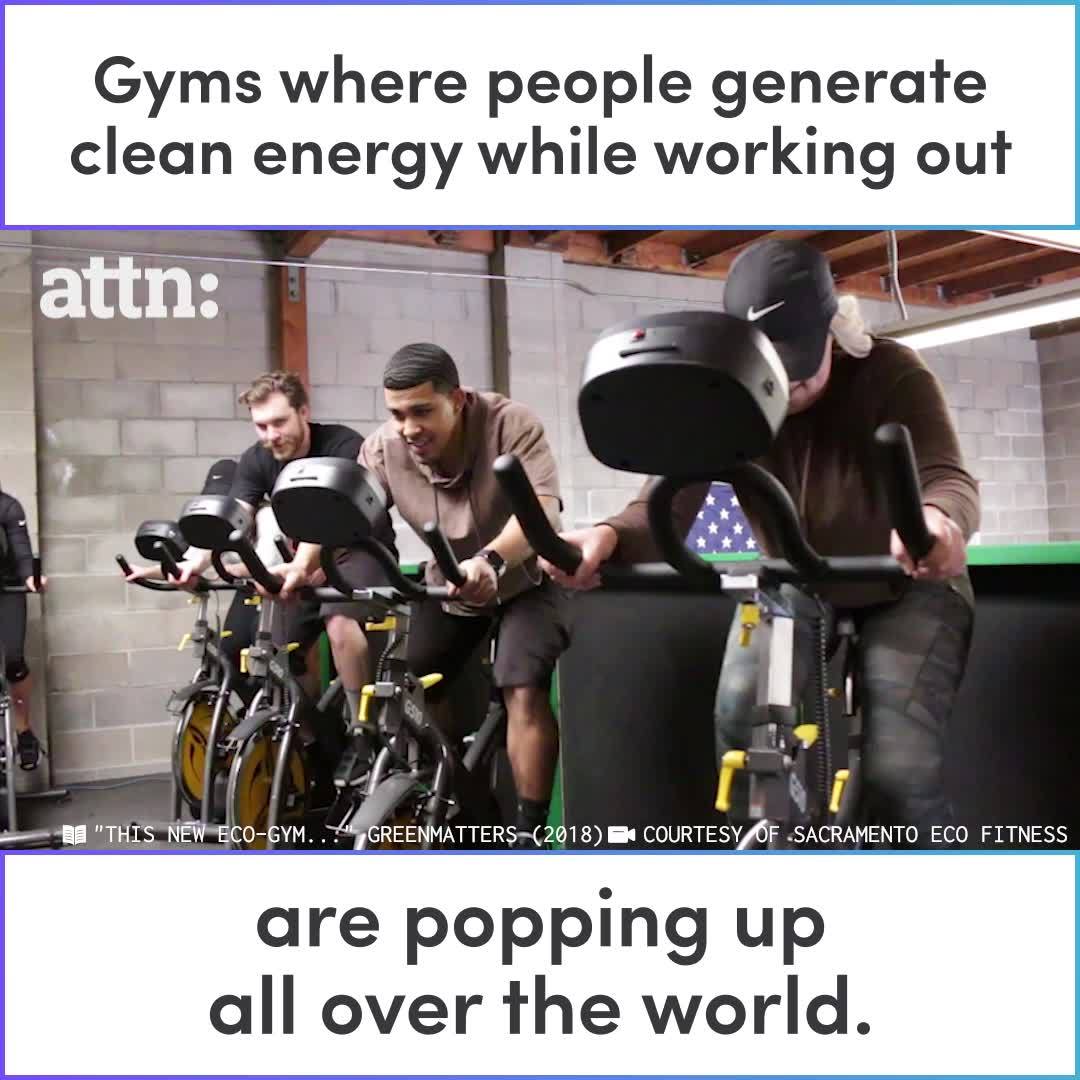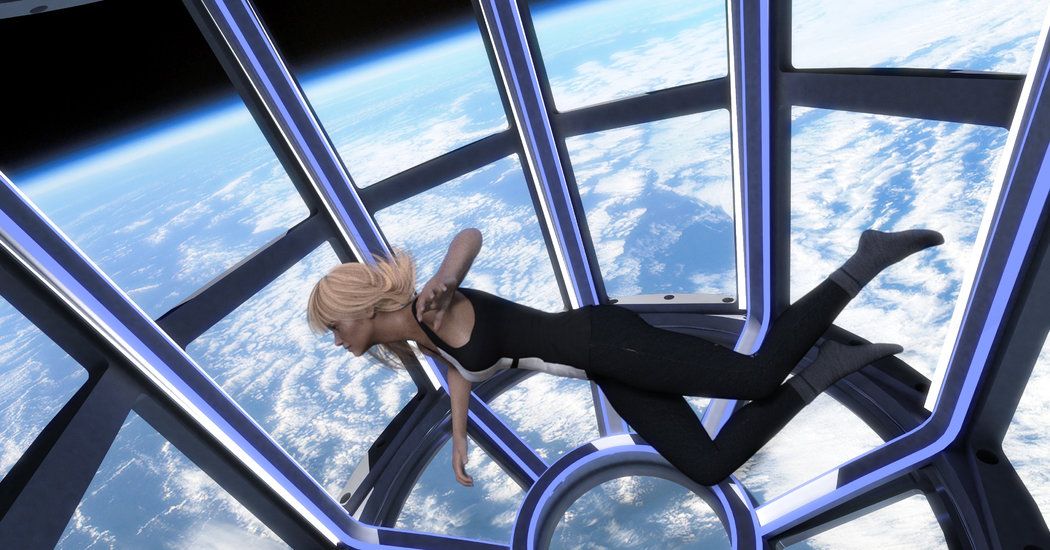Page 9730
Jun 9, 2018
NASA Publishes SpaceX’s Proposal for a Futuristic Kennedy Space Center
Posted by Genevieve Klien in categories: Elon Musk, space travel, sustainability
The Kennedy Space Center might be getting a major upgrade and expansion soon if Elon Musk gets his way. NASA published a plan submitted by SpaceX that dramatically reimagines the company’s presence at KSC in Cape Canaveral, Florida. The plans include everything from a control tower that resembles a flying saucer to a “rocket garden,” showcasing futuristic designs that will expand the space company’s footprint and potential influence within the US agency.
NASA published a draft environmental review for the proposed SpaceX Operations Area, as first reported by Florida Today on Friday. According to the document, SpaceX is seeking permission to build on a 67-acre patch of land about one mile north of KSC’s visitor center complex.
SpaceX wants to build a 133,000-square-foot Falcon hangar to process the used boosters and other rocket materials that it recovers. The hangar would facilitate more efficient recycling of the materials which could potentially save the company billions of dollars per launch.
Continue reading “NASA Publishes SpaceX’s Proposal for a Futuristic Kennedy Space Center” »
Jun 9, 2018
AI-based method could speed development of specialized nanoparticles
Posted by Alexander Rodionov in categories: biotech/medical, nanotechnology, robotics/AI
A new technique developed by MIT physicists could someday provide a way to custom-design multilayered nanoparticles with desired properties, potentially for use in displays, cloaking systems, or biomedical devices. It may also help physicists tackle a variety of thorny research problems, in ways that could in some cases be orders of magnitude faster than existing methods.
The innovation uses computational neural networks, a form of artificial intelligence, to “learn” how a nanoparticle’s structure affects its behavior, in this case the way it scatters different colors of light, based on thousands of training examples. Then, having learned the relationship, the program can essentially be run backward to design a particle with a desired set of light-scattering properties—a process called inverse design.
The findings are being reported in the journal Science Advances, in a paper by MIT senior John Peurifoy, research affiliate Yichen Shen, graduate student Li Jing, professor of physics Marin Soljacic, and five others.
Continue reading “AI-based method could speed development of specialized nanoparticles” »
Jun 9, 2018
The Rich Are Planning to Leave This Wretched Planet
Posted by Genevieve Klien in categories: internet, space travel
Here comes private space travel — with cocktails, retro-futuristic Philippe Starck designs and Wi-Fi. Just $55 million a trip!
Jun 9, 2018
General AI, the “holy grail” of AI, demonstrated for the first time
Posted by Genevieve Klien in categories: information science, robotics/AI
Recently we saw a new “Master algorithm” that could be used to create the first generation of super intelligent machines, and now a team of researchers from Maryland, USA, announced this week that they’ve invented a general Artificial Intelligence (AI) way for machines to identify and process 3D images that doesn’t require humans to go through the tedium of inputting specific information that accounts for each and every instance, scenario, difference, change and category that could crop up, and they claim it’s a world first, even though it follows on from a not too dissimilar breakthrough from Google DeepMind whose own platform, Alpha Zero, recently taught itself a mix of board games including chess to a grand master level, in just four hours.
Jun 9, 2018
David Roden on Posthuman Life
Posted by Steve Nichols in categories: alien life, futurism
https://paper.li/e-1437691924#/
When Stapledon wrote that book he was thinking of Martians, but in our time one might think he was studying the strangeness of what our posthuman progeny may evolve into. In Last and First Men Stapledon presents a version of the future history of our species, reviewed by one of our descendants as stellar catastrophe is bringing our solar system to an end. Humanity rises and falls through a succession of mental and physical transformations, regenerating after natural and artificial disasters and emerging in the end into a polymorphous group intelligence, a telepathically linked community of ten million minds spanning the orbits of the outer planets and breaking the bounds of individual consciousness, yet still incapable of more than “a fledgling’s knowledge” of the whole.

I remember about maybe 4’ish years ago someone was working on a sitdown bike looking thing, where if you pedaled it for 30 minutes you could generate enough power to power an average american home for a day. Does anyone know what ever happened with that?
Jun 9, 2018
Taboos make it hard to discuss mortality in China
Posted by Derick Lee in categories: biotech/medical, government
Cultural inhibitions also impede the development of end-of-life care. Talking about death has long been taboo. People often feel that it is their filial duty to ensure that sick parents receive curative treatment, even when doctors advise that there is no chance of recovery and the treatment will be painful. Applications to build hospices are sometimes challenged by local residents who resent the presence of death on their doorsteps. Mr Li says neighbours’ objections have forced Songtang Hospice to move six times.
WHEN Li Songtang was 17, officials overseeing Mao’s chaotic Cultural Revolution sent him from Beijing to Inner Mongolia, a northern province where he became a “barefoot doctor”—a medical worker with rudimentary training. His patients included an academic whom the government had expelled in disgrace from the capital, and who had become terminally ill. The patient grew sicker and increasingly troubled by his political black mark. Unable to console him, Mr Li eventually lied that he had persuaded authorities to wipe the slate clean. The patient grabbed his arm with relief and gratitude, recalls Mr Li. “I can still feel it today.”
Mr Li’s experience of caring for the dying man eventually resulted in the hospice he runs in a three-storey building in Beijing’s outskirts. The facility is home to about 300 people, most of them elderly and with late-stage cancer (a patient there is pictured with a nurse). On a weekend the bright corridors are busy with volunteers who have come to chat with patients. Zhang Zhen’e, a smiley 76-year-old who shares her room with six other women, says she tries to stay cheerful because days spent worrying are “days lost”. A nearby ward for dying babies, painted green and decorated with mobiles, is less easy to visit. Eight children snooze there, asleep in mismatched wooden cots.
Continue reading “Taboos make it hard to discuss mortality in China” »
Jun 9, 2018
NASA’s priorities appear to be out of whack with what the public wants
Posted by Adriano Autino in categories: policy, space travel
A recent survey of 2,541 Americans by Pew Research Center shows that priorities felt by people are not the same intended by NASA. But: 1) Where the questions t…he most appropriate ones, in order to understand what people really think? 2) Is the NASA’s indicated priority, re-prioritization of human spaceflight by still focusing only on trained astronauts, the best strategic policy, considering the global civilization as the main stakeholder, or even just the US people stakeholder? 3) Which questions were missing, in your opinion, in this survey?
The Trump administration has vowed to make America great again in spaceflight, and the centerpiece of its space policy to date has been a re-prioritization of human spaceflight as central to NASA’s activities. As part of this initiative, the White House has sought to reduce funding for satellites to observe environmental changes on Earth and eliminate NASA’s office of education.
However, a new survey of 2,541 Americans by Pew Research Center, which aims to represent the views of US adults, finds that these views appear to be out of step with public priorities.
Continue reading “NASA’s priorities appear to be out of whack with what the public wants” »

















